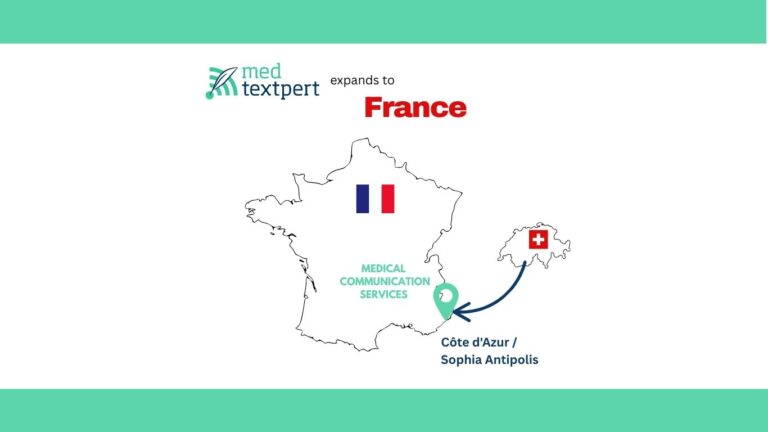Incorporating effective call-to-actions (CTAs) into all touchpoints of your consumer journey is imperative to your success and healthcare marketing is no exception. Call-to-actions provide guidance. They get your audience, consumers, patients to take action, whether that be a click, a phone call or a download.
But choosing the right CTAs is not always easy, and there’s no one-size-fits-all solution. What works for a general practitioner may not be as successful for a rehabilitation clinic. It’s imperative that you craft a directive statement that triggers your audience to take the next step in their healthcare journey, for instance finding out more about their concerns or getting in touch with your facility.
So where do you begin? Let’s take a look at some CTA best practices for websites and ads alike:
Best Practise
Know your audience needs.
Great CTAs hit a reader where he or she has a pain point. Does your consumer have a pressing medical concern, such as a toothache or joint pain? Or are they generally searching for reliable information, such how to lower blood pressure or increase fertility? The key to capturing your audience’s attention is to address their individual needs, tap into their emotions, and provide a solution.
Example:
“High cholesterol can lead to a variety of health concerns, but with the right strategy you can lower that risk. Click here for a 10-step plan to lower your cholesterol in 6 weeks.”
Be concise.
Don’t try to cram all of your key marketing points into your CTA copy. Clearly explain the benefits of your proposed solution, but stick to one compelling thing for the reader to do. Presented with too many options, a consumer is more likely to take no action at all. Use powerful action words such as ‘discover’, ‘start’ or ‘get’ to direct your audience, then encourage immediate action with words like ‘now’ or ‘today’.
Example:
“Our rehabilitation center offers a range of facilities to suit each patients needs. Click here to download the brochure today.”
Think outside the box.
While common CTA terms, such as ‘download’, ‘get’ or ‘click’, are familiar to the audience and powerful directions, don’t let this limit you when crafting your own CTAs. Force yourself to think further about what you’re promoting and how your audience may benefit from it to generate alternatives that may grab a reader’s attention.
Example:
“Protect yourself now” or “Understand how to guard yourself and your family.”
Don't forget about design.
Of course, great copy makes someone click, but don’t underestimate the power of design with visually appealing colors. Wouldn’t you agree, that you are less likely to see a CTA if it blends in with the page you’re reading? Try to choose contrasting colors that stand out to your site.
Optimize your placement.
Think about where your audience is in their healthcare journey and let that inform where you place your CTA. Too early and they may skip over it, too late and you may have missed your opportunity. Try placing your CTA in multiple locations and on various pages to increase visibility.
Test, then test again.
Once you’ve found the perfect place to put your well written and designed CTAs, don’t forget to routinely test for effectiveness. If your performance is not what you were aiming for, try minor adjustments, then come back to the data to see the impact this has made. A simple tweak of the language, a different background color or a different location could make all the difference. Now, that you are equipped with some best practice know-how, let’s look at the types of healthcare-focused ‘action’ you may want to ‘call’ users to take.
Types of Healthcare CTAs
Information
Providing accurate information and education about medical conditions and treatment options is fundamental to the patient-provider relationship and helps to build trust. It can assuage anxieties and fears on the part of a patient, as well as showcasing the provider as a reliable source of information. The possibilities for the types of information you can provide are endless, with highly customizable options for your practise area. For example, orthopedic clinics could offer information on knee strengthening exercises after meniscal tears, or dermatologists could offer educational materials on the safety of laser treatments. Whatever your subject matter, It is important to present the information in a clear, digestible and positive manner, such as infographics, brochures, guides or ebooks.
Types of CTA:
Learn more
Download now
Get the guide
Read more
Read also tips from Content Marketing Institute on Call-to-Actions here.
Contact
Nearly every type of healthcare provider will benefit from highly visible contact buttons on their websites. Nothing drives more engagement than the ability to make appointments online, rather than waiting for a facility to open and sitting through a phone conversation. By including online booking options, you are establishing a level of ease and convenience for your patients. And in today’s digital climate, this feature is becoming more and more expected. If direct scheduling isn’t an option make sure to have other contact buttons available, enabling patients to call or email from their mobile phone without having to search other directories for your contact information.
Types of CTAs:
Call now
Schedule now
Book an appointment
Get in touch
Contact us
Participation
Most health care providers can benefit from soft marketing of local events related to their audience, for example junior sports or scholastic teams, such as handball or hockey. It is always a good idea to establish a presence in the local community through these sorts of efforts, allowing you to feature your organization and for consumers to meet your staff in person. This not only encourages loyalty among existing patients, but also helps to increase word-of-mouth marketing and builds trust with prospective healthcare consumers. An event designed to raise awareness for breast cancer, e.g. the pink ribbon walk in Zürich would be suitable for an oncology specialist/department or an OB/GYN office. But marketing these events means walking the fine line of legal compliance; there is a need to provide clear CTA’s to encourage event attendance whilst avoiding overly promotional messaging. A rule of thumb is that the community benefit must be front and center, not the care provider.
Types of CTAs:
Register here
Attend the event
Take part
Book now
Sign up
Join
Once you have captured the attention of a healthcare consumer on your website, you want to make the most out of this connection. One strategy is to have them sign up to a regular form of contact with your facility. This could be an email newsletter, a podcast or even a weekly meeting you are hosting. Having this regular interaction with your audience allows you more touchpoints with the consumer and provides more opportunity to build trust and recognition.
Types of CTAs:
Subscribe here
Sign up
Join now
Examples of Healthcare CTAs
Below are some great examples of healthcare CTAs, demonstrating the various practices we discussed above. We’d love to hear your feedback, so let us know what you think in the comments below. Which do you find the most appealing?
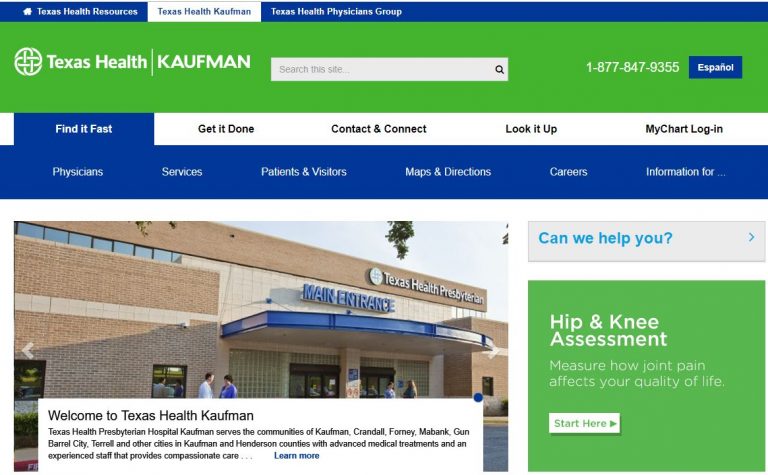
Source: Screenshot of Texas Health Kaufmann, see top navigation bar and Hip & Knee Assessment tool for good examples
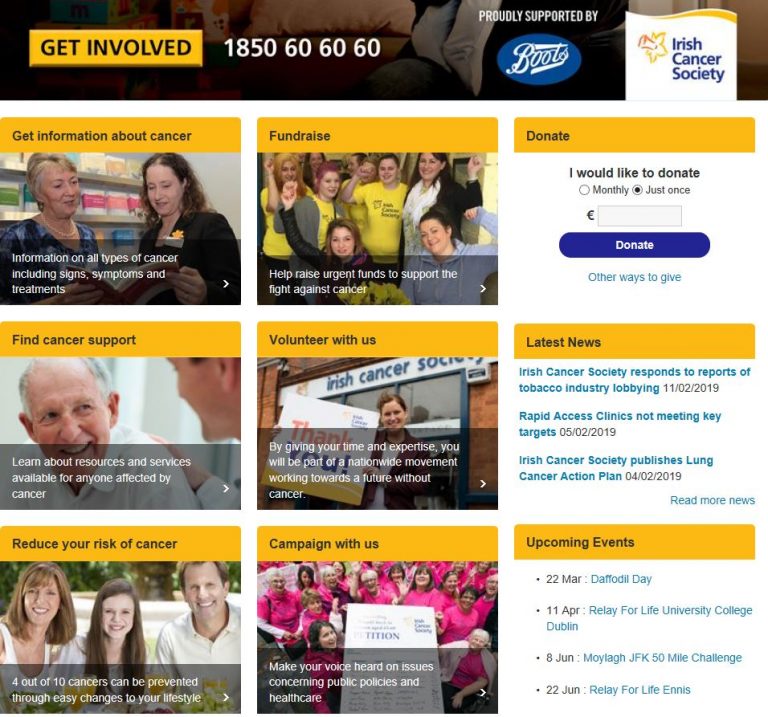
Source: Screenshot of Irish Cancer Society website

Source: Screenshot of Advocate Health Care, Illinois website as example of effective online booking options
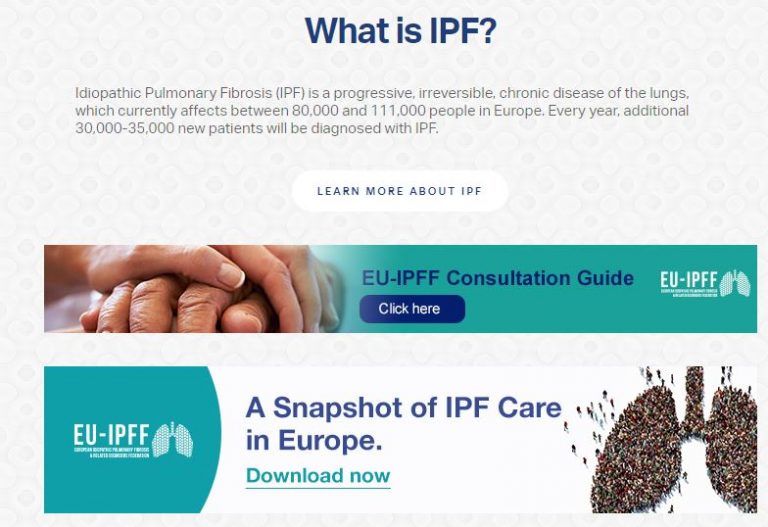
Source: Screenshot of The European Idiopathic Pulmonary Fibrosis and Related Disorders Federation (EU-IPFF) website with rather classic CTAs
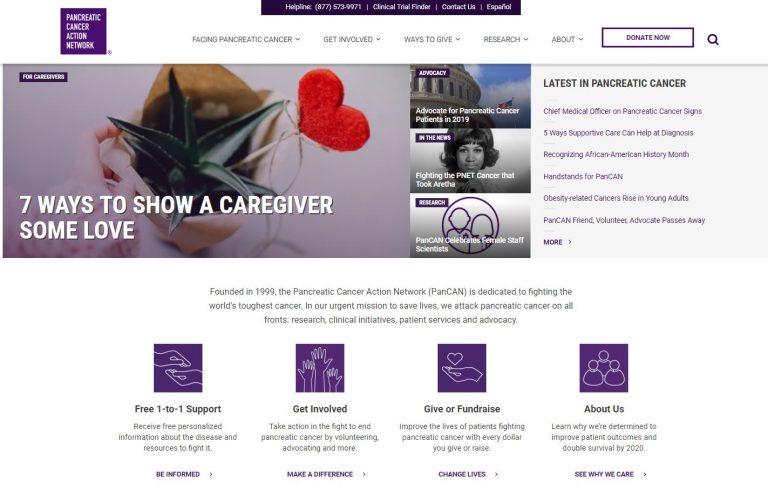
Source: Screenshot of Pancreatic Cancer Action Network website with clear, instructive CTAs
If you’re not sure how you could add compelling CTAs to your website or would like guidance on how to move your audience from passive consumers to active participants, get in touch with medtextpert today.
Keep in mind that actively directing your audience, consumers, patients into the “what’s next”, if possible on all touchpoints, leads the reader into a relationship with you and ultimately determines your success.
Don’t leave your audience without guidance or it will be somebody else’s audience.



